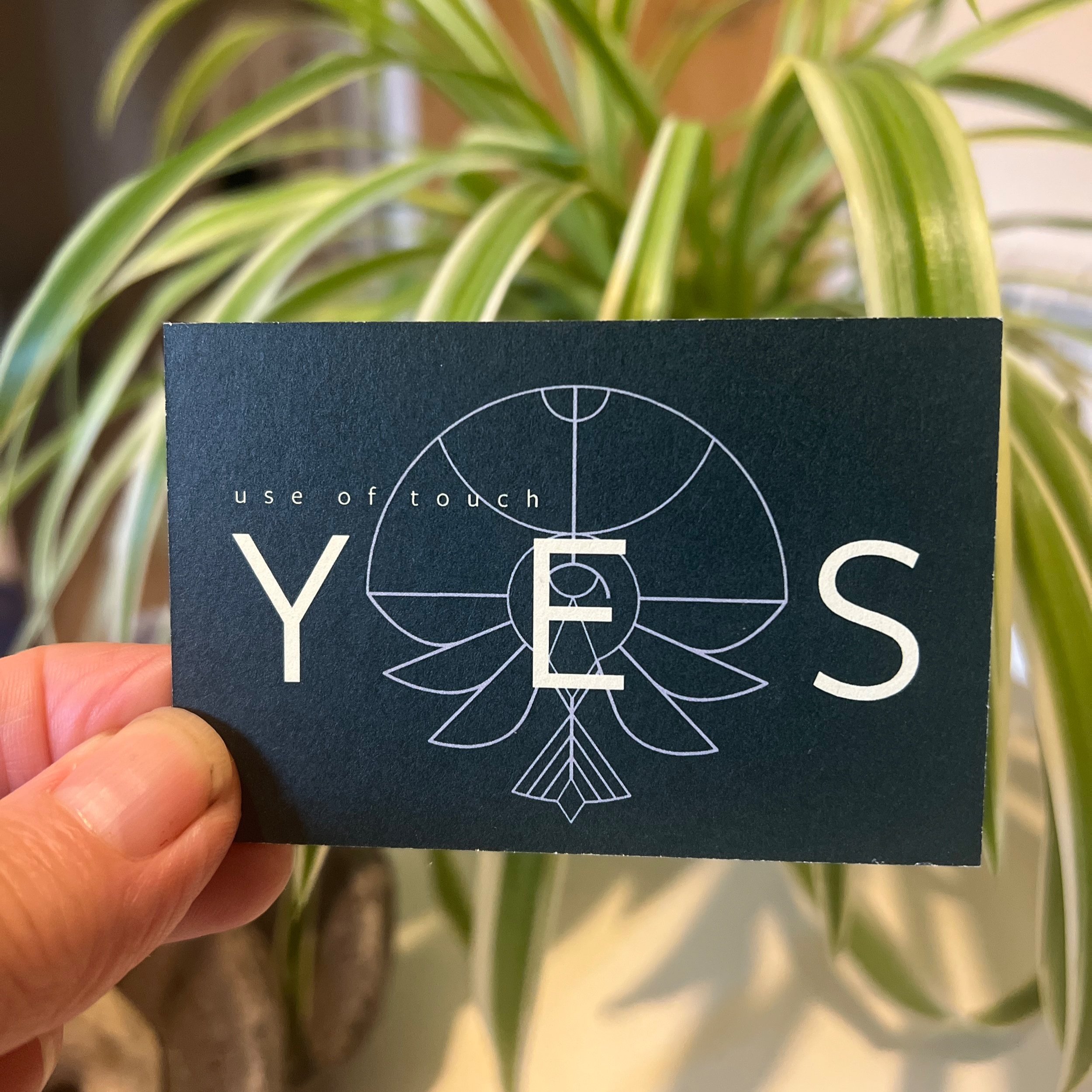USING TOUCH IN BREATHWORK
In connected breathwork we are often working with the healing and integration of past trauma, trauma that’s typically happened in relation with other people and therefore usually needs healing within that context too, but what is trauma?
Trauma is primarily anything that exists within our physical, mental or emotional body that has not been able to be integrated. In order to find integration we need the opportunity to process and make sense of the experiences and emotions associated with the traumatic event, or series of events. Bear in mind we may not always ‘know’ what those traumatic experiences are or were but our bodies most definitely “keeps the score”. Integration involves finding a way to incorporate those experiences into an overall sense of ourselves and our life narratives, so that the things that happened to us no longer dominate or disrupt our daily functioning.
Ttraumatic events that occur in relation to other people disrupt our capacity to understand healthy boundaries. Our own sense of self will have been deliberately or ignorantly undermined, and we begin to operate from a place of trying to find safety by adapting to the circumstances in order to find safety, love or approval, rather than standing up for ourselves.
In my work, I commonly see people who have abandoned their own boundaries in order to feel safe, gain acceptance, please others or simply survive in life. They will often find it hard to say YES, NO, or ‘I’m not sure’ in response to inquiry about their needs, desires or feelings, In a breathwork session they may accept touch in practice simply to comply, to make the facilitator feel better or because they think they ‘should’. Many of us have been told that we are uptight or frigid if we say no to touch, but we’re not!
Cards inspired by Chris at https://www.mymonkeymindcorporate.uk with thanks
So how do we begin the process of repair? First we acknowledge and validate the experience and begin the work of finding understanding of the impact the experience/s have had. We need to build healthier coping strategies by making space for all of our feelings to be felt, and building resilience when those uncomfortable feelings get re-activated. In order to reclaim our personal power we need agency and self authority, so in breathwork where we commonly use touch in our practice, as facilitators we need to fully understand the potential impact of touch and whether or not it’s right for someone, truly invited and helpful, so we start with out NO.
By empowering your clients to find their boundaries and their NO, their YES will be authentic and honest. It's astonishing to me, how readily touch is used and how clumsy it can be in somatic practices, which can further drive people away from identifying a healthy boundary rather than supporting it. At Seven Directions® Breathwork, we train extensively on the use of touch in practice. Our job is to empower our clients, to respect their wishes and to support the re- integration of previously broken boundaries.
Touch, when healthy and respectful is a beautifully healing thing. We release oxytocin, the bonding hormone to help restore trust. We reduce stress hormones through touch which can really help improve our mood. Positive (welcome) touch has been linked to the release of neurotransmitters like serotonin and dopamine, which are associated with feelings of pleasure and well-being. A regulated nervous system helps boost immunity as we reduce the things that can challenge immunity (adrenaline, cortisol, stress, anxiety, depression, isolation, lack of connection etc). Touch can improve sleep through the release of these feel good hormones by reducing blood pressure and lowering heart rate which calm the nervous system, and it can increase our potential for social connection which invites a ventral vagal state of balance and safety.
So, coming back to breathwork, it’s important that we really attune before using touch, that we respect our clients wishes, and that we don’t push our own agendas onto our clients’ healing process. We need to slow down, deeply listen, learn about appropriate touch and intervention, and be humble enough to recognise that every person we work with is complete and whole exactly as they are. This means we are more likely to be able to meet them where they are with love and compassion rather than with ego and a sense of sneaky superiority, and meeting someone in a space of loving compassion can only be a good thing.
What is your experience with touch in breathwork? Leave a comment below!


